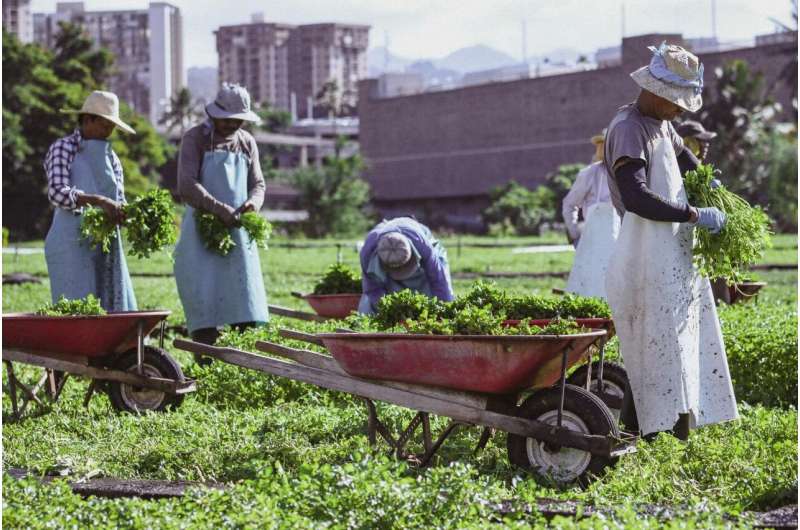Hawai'i drought during El Ni帽o winter? Not always, according to new research

El Ni帽o events have long been perceived as a driver for low rainfall in the winter and spring in Hawai'i, creating a six-month wet-season drought. However, a recent study by researchers in the University of Hawai'i at M膩noa School of Ocean and Earth Science and Technology (SOEST) revealed the connection between Hawai'i winter rainfall and El Ni帽o is not as straightforward as previously thought.
Studies in the past decade suggested that there are at least two types of El Ni帽o: the Eastern Pacific and Central Pacific, when the warmest pool of water is located in the eastern or central portions of the ocean basin, respectively. El Ni帽o events usually begin in summer and last for about one year.
The UH M膩noa team of atmospheric scientists analyzed data on the large-scale circulation patterns over the eastern and central Pacific to find that Hawai'i drought is only associated with the Eastern Pacific El Ni帽o. For the central Pacific El Ni帽o events, deficient rainfall in Hawaii occurred only 60% of the time. Therefore, a winter drought is not guaranteed following a Central Pacific El Ni帽o.
The differences in how the Eastern and Central Pacific El Ni帽o affect rainfall can be critical for proper planning and water resource management.
"This new result is a boon for many agencies in Hawai'i, for example, the Board of Water Supply, Hawai'i Department of Land and Natural Resources, and Hawai'i Department of Agriculture," said Pao-Shin Chu, SOEST professor, Hawai'i State Climatologist and co-author of the study. "Beyond these agencies, ranchers, flower growers, and other stakeholders that are concerned with the relationship between El Ni帽o and water supply in Hawai'i may also benefit from the new findings."
Given that El Ni帽o is a recurring phenomenon, knowing the type of El Ni帽o that occurs will allow researchers and resource managers to more easily evaluate and prepare for Hawaiian regional climate in winter.
The team continues their research to explore other large-scale climate factors dominating the Hawaiian regional climate and affecting trade winds and rainfall patterns.
This study was also co-authored by SOEST atmospheric scientists Bo-Yi Lu, doctoral candidate and lead author; postdoctoral researcher Sung-Hun Kim; and associate professor Christina Karamperidou.
More information: Bo-Yi Lu et al, Hawaiian Regional Climate Variability during Two Types of El Ni帽o, Journal of Climate (2020).
Journal information: Journal of Climate
Provided by University of Hawaii at Manoa


















